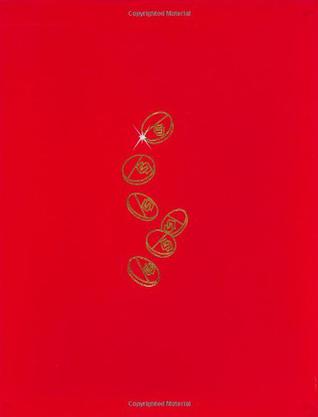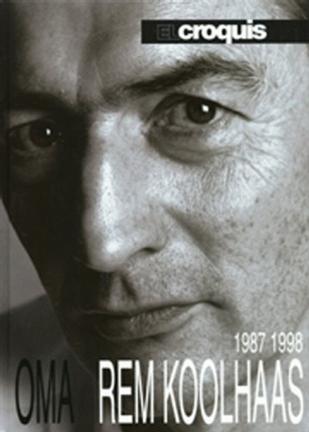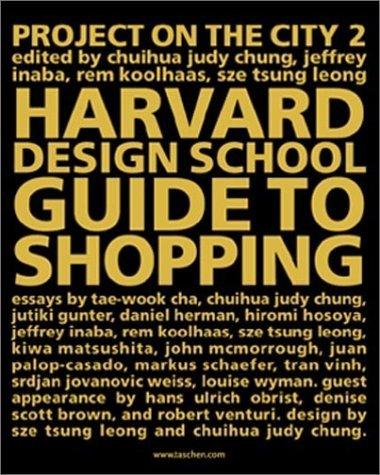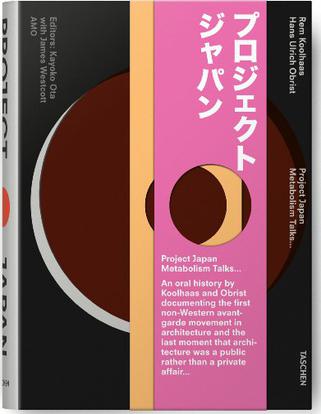欢迎来到相识电子书!
标签:Rem_Koolhaas
-
El Croquis OMA / Rem Koolhaas (Issues 53+79)
Biography NETHERLANDS ARCHITECTURE INSTITUTE NATIONAL LIBRARY OF FRANCE ZEEBRUGE SEA TERMINAL ZKM [CENTRE FOR ART AND MEDIA TECHNOLOGIE] HOTEL AND CONVENTION CENTRE IN AGADIR TWO LIBRARIES FOR JUSSIEU UNIVERSITY MAISON À BORDEAUX CARDIFF BAY OPERA HOUSE EXTENSION TO THE TATE GALLERY MIAMI PERFORMING ARTS CENTRE NEXUS WORLD HOUSING IN FUKUOKA TWO PATIO VILLAS KUNTSHAL [TEMPORARY ART CENTRE] VILLA DALL'AVA CONGREXPO IN LILLE A DUTCH HOUSE EDUCATORIUM IN UTRECH SERVICE TUNNEL IN THE HAGUE CENTRE INTERNATIONAL D'AFFAIRES YOKOHAMA URBAN RING NEW SEOUL INTERNATIONAL AIRPORT ALMERE URBAN REDEVELOPMENT -
The Harvard Design School Guide to Shopping / Harvard Design School Project on the City 2
For several years, Harvard's design graduates concentrated their studies on the phenomenon of shopping as a primary mode of urban life. As Sze Tsung Leong writes, "Not only is shopping melting into everything, but everything is melting into shopping." ICK! So why did we pick up this book? Because Hannah at Quimby's told us to. Hannah's right; the design is very impressive, even if the motivation for it creeps us out. -
Project Japan
By Rem Koolhaas and Hans Ulrich Obrist Having wandered the ruins of Hiroshima, Tokyo and other Japanese cities after WW II, The Metabolists – four architects, a critic, an industrial designer and a graphic designer – showed with the launch of their manifesto Metabolism 1960 how they would employ biological systems (aided by Japan's massive advances in technology) as inspiration for buildings and cities that could change and adapt to the vicissitudes of modern life. Units could be added or removed from buildings like Kisho Kurokawa’s Capsule Tower in Toky o as required; buildings themselves could be added or removed from cities at will in the cell-like master-plans of Fumihiko Maki . Project Japan features a series of vivid, empathetic conversations, replete with surprising connections and occasional clashes between Koolhaas and Obrist and their subjects. The story that unfolds is illuminated, contradicted and validated by commentaries from a broad range their forebearers, associates, critics, and progeny, including Toyo Ito and Charles Jencks. Interspersed with the interviews and commentary are hundreds of never-before-seen images : master-plans from Manchuria to Tokyo, intimate snapshots of the Metabolists at work and play, architectural models, magazine excerpts and astonishing sci-fi urban visions. Presented in a clear chronology from the tabula rasa of a colonized Manchuria in the 1930s; a devastated Japan after the war; to the establishment of Metabolism at the 1960 World Design Conference; to the rise of Kisho Kurokawa as the first celebrity architect; to the apotheosis of the movement at Expo '70 in Osaka. Koolhaas and Obrist unearth a history that casts new light on the key issues that both enervate and motivate architecture today: celebrity and seriousness, sustainability and monumentality, globalization, government participation (and abdication), and the necessity for architecture to reach beyond its traditional boundaries in order to embrace the future.
热门标签
下载排行榜
- 1 梦的解析:最佳译本
- 2 李鸿章全传
- 3 淡定的智慧
- 4 心理操控术
- 5 哈佛口才课
- 6 俗世奇人
- 7 日瓦戈医生
- 8 笑死你的逻辑学
- 9 历史老师没教过的历史
- 10 1分钟和陌生人成为朋友




